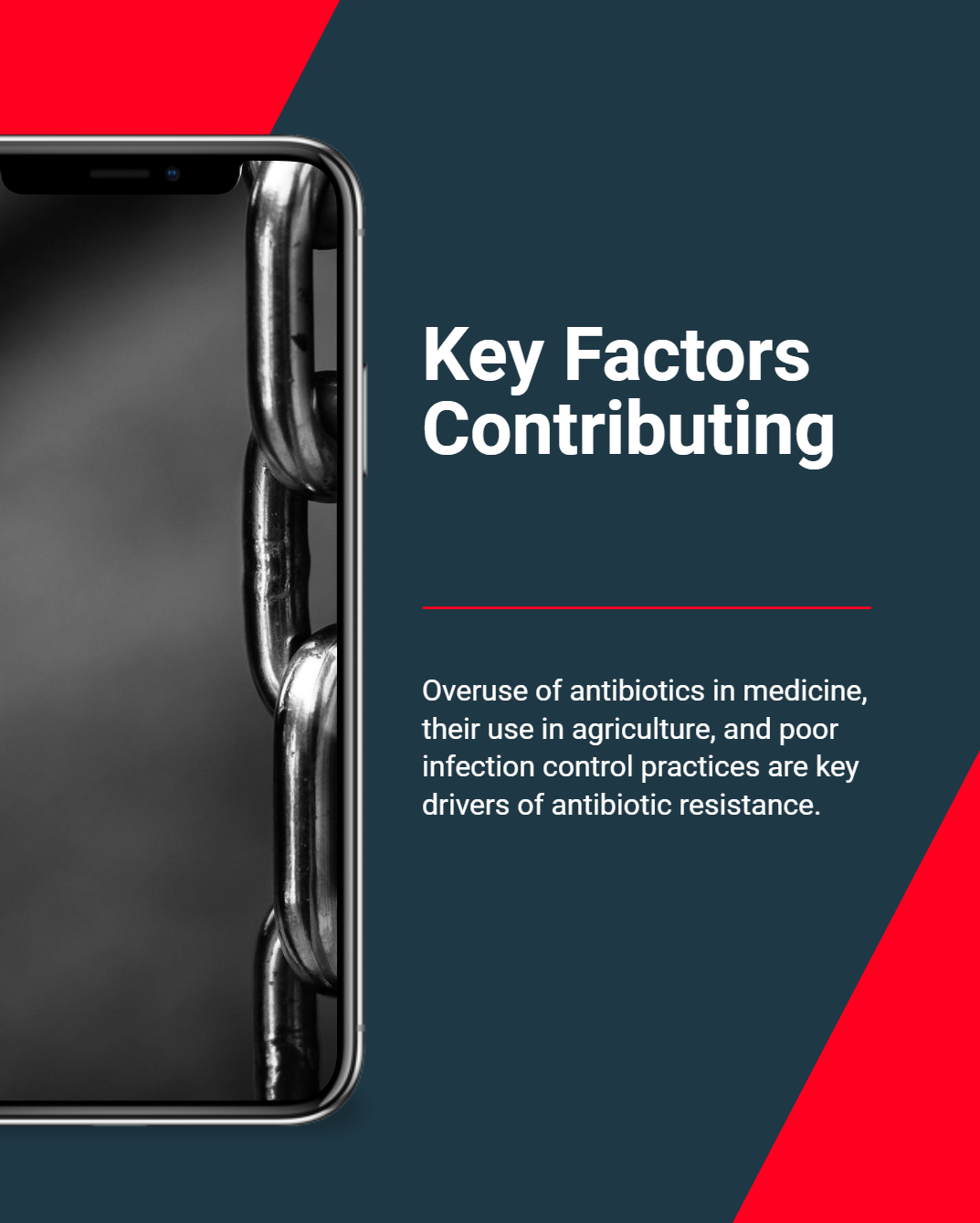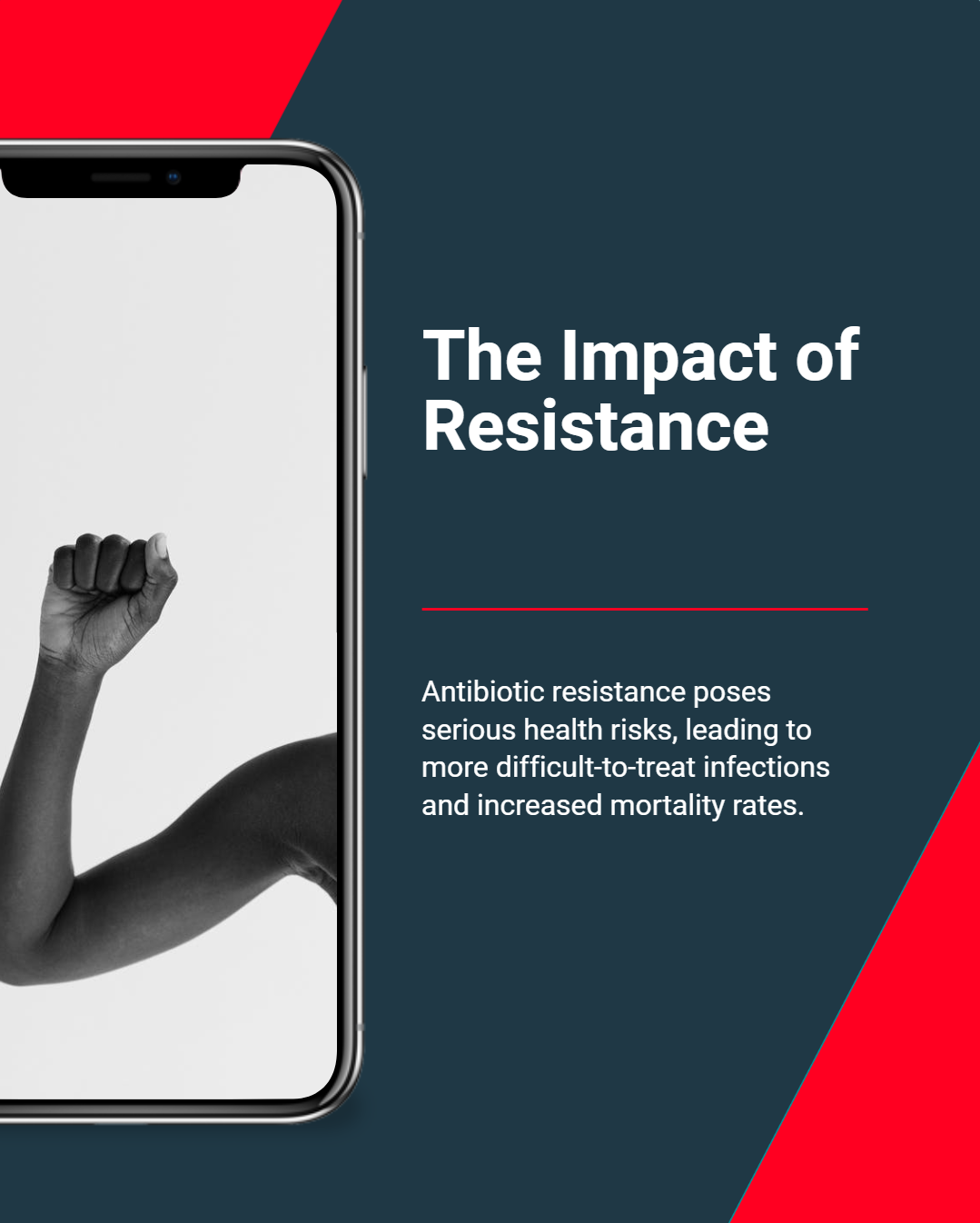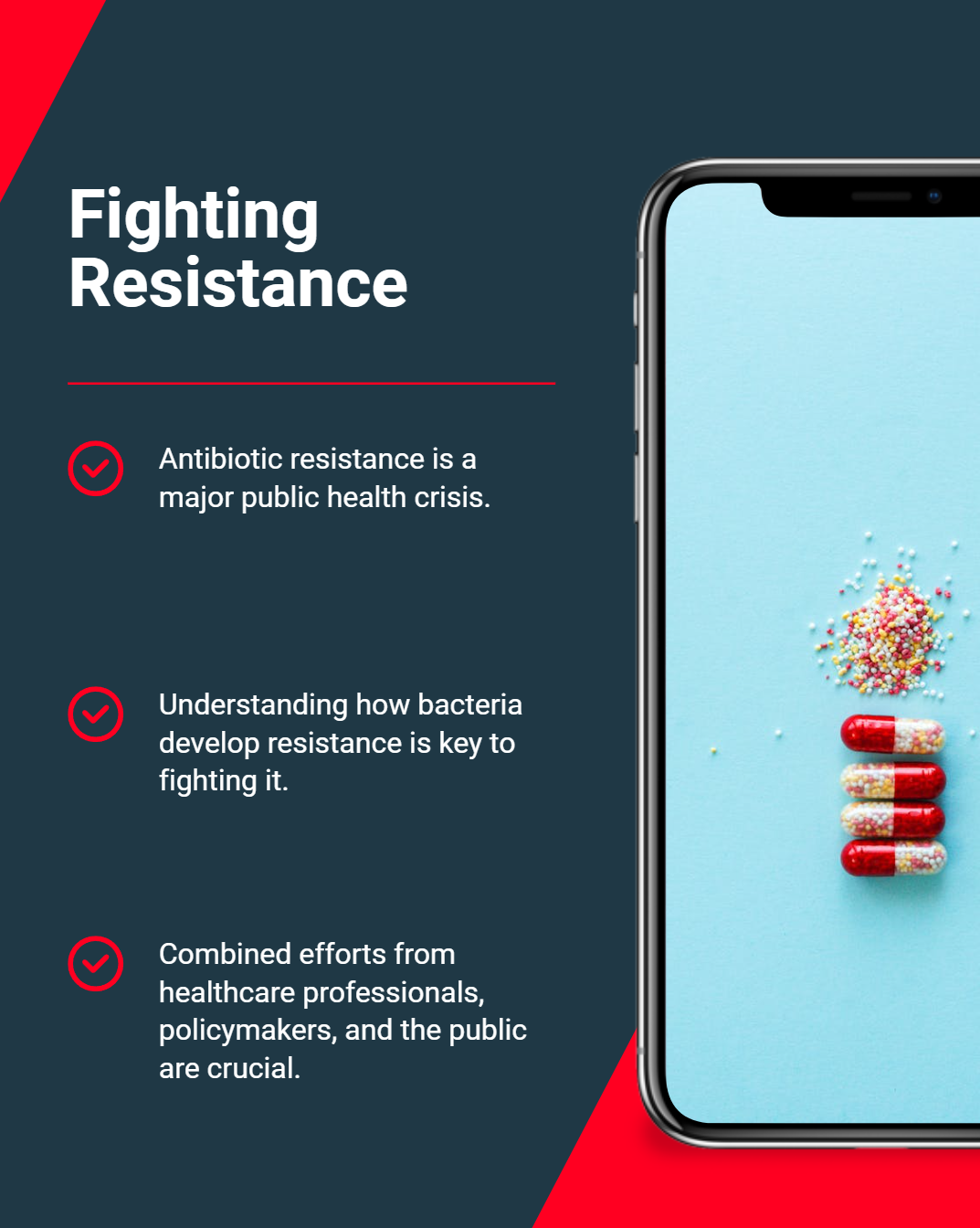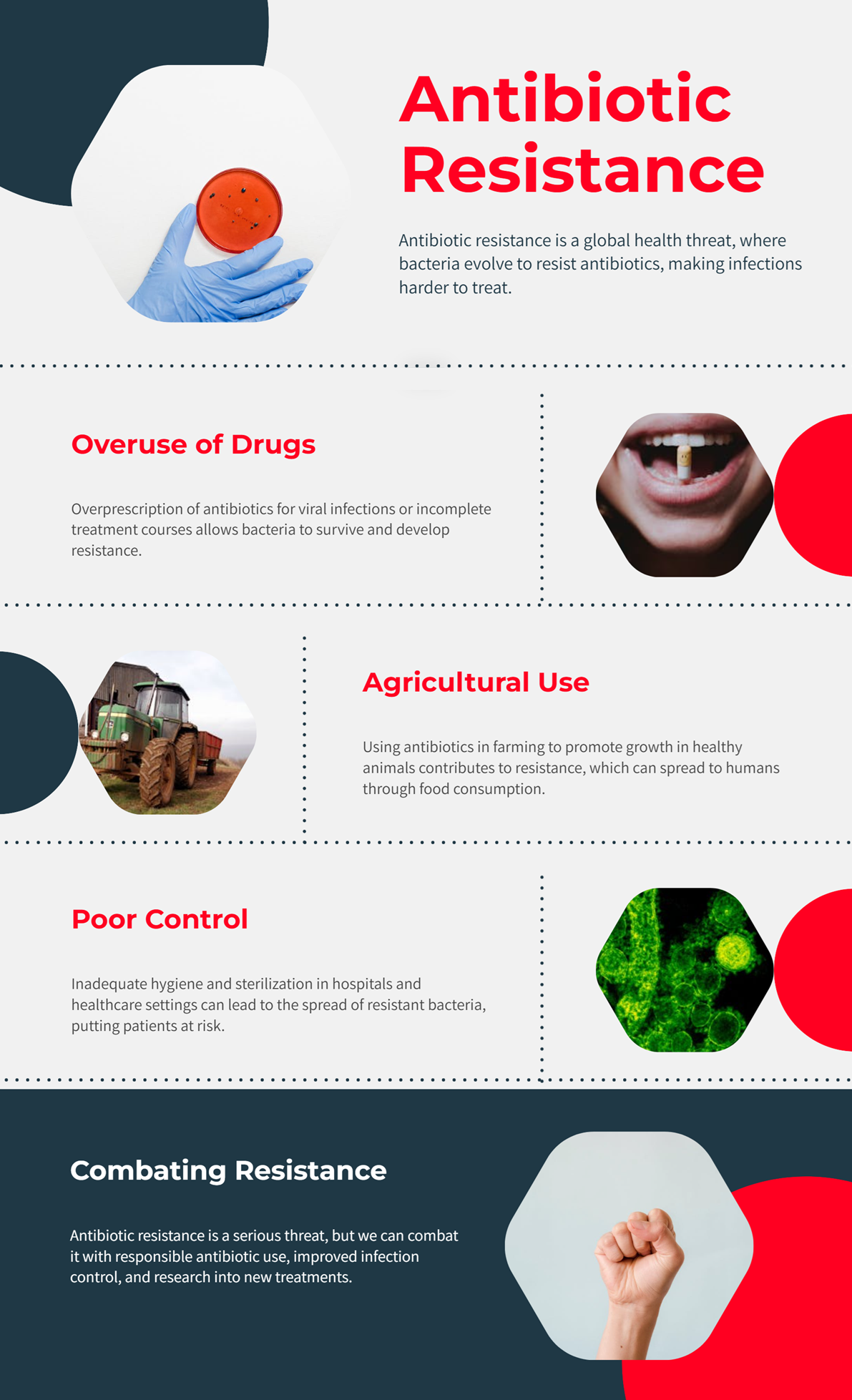Antibiotic resistance is one of the most pressing global health threats today. This phenomenon occurs when bacteria evolve mechanisms to resist the drugs that were once effective in treating infections. Understanding the evolution of antibiotic resistance is crucial for developing effective strategies to combat resistant strains and prevent future outbreaks. This article explores the causes, mechanisms, impacts, and potential solutions to antibiotic resistance.

Antibiotic resistance refers to the ability of bacteria to withstand the effects of drugs that once killed them or inhibited their growth. This resistance happens when bacteria mutate or acquire genes from other bacteria that allow them to survive even in the presence of antibiotics. As a result, infections caused by resistant bacteria are harder to treat, leading to longer hospital stays, higher medical costs, and an increase in mortality rates.
The discovery of penicillin in 1928 marked the beginning of a medical revolution. However, it wasn’t long before bacteria began to develop resistance to this wonder drug. By the 1940s, the first cases of penicillin resistance were reported, and this trend has only escalated since then. Antibiotics, once seen as a cure-all for bacterial infections, have lost much of their effectiveness due to misuse and overuse in both humans and animals.

Several factors contribute to the rise of antibiotic resistance, many of which are human-driven. Understanding these factors can help in creating solutions to slow down resistance.
Overprescription of antibiotics is a leading cause of antibiotic resistance. Many times, antibiotics are prescribed for viral infections like the common cold, where they are ineffective. Additionally, patients often fail to complete the full course of antibiotics, allowing some bacteria to survive and mutate into resistant strains.
The use of antibiotics in farming, particularly for promoting growth in healthy animals, has contributed significantly to resistance. These antibiotics can be transferred from animals to humans through the consumption of meat or direct contact with animals, leading to the spread of resistant bacteria.
Hospitals and healthcare settings are prime environments for the spread of antibiotic-resistant bacteria. Poor hygiene, inadequate sterilization, and overuse of broad-spectrum antibiotics in hospitals can all contribute to the development and transmission of resistant bacteria.

Bacteria can develop resistance through several mechanisms, including genetic mutations, horizontal gene transfer, and selective pressure. Understanding these mechanisms is essential to grasp how resistance evolves and spreads.
Bacteria can undergo genetic mutations that alter their cellular machinery, making them less susceptible to antibiotics. These mutations are random but, if beneficial, they will be passed on to future generations. Over time, these mutations can accumulate, leading to the development of resistant strains.
Bacteria can also acquire resistance genes from other bacteria through horizontal gene transfer. This process occurs when one bacterium transfers its genetic material to another, often through plasmids. This ability to share genetic material enables bacteria to rapidly spread resistance across populations, even between different species of bacteria.
When antibiotics are used, they apply selective pressure on bacterial populations. Bacteria that are susceptible to the antibiotic are killed, while those that have resistance mechanisms survive and proliferate. This process accelerates the evolution of resistant strains, as they reproduce and spread their resistant traits.

The rise of antibiotic resistance has far-reaching consequences for public health, the economy, and the healthcare system.
One of the most immediate consequences of antibiotic resistance is the increased risk of severe infections that are difficult to treat. Common infections like pneumonia, urinary tract infections, and skin infections can become life-threatening when resistant bacteria are involved. In some cases, surgeries and cancer treatments that rely on antibiotics to prevent infection can also become riskier.
The economic impact of antibiotic resistance is significant. According to the CDC, antibiotic-resistant infections lead to longer hospital stays, more intensive care, and the need for more expensive drugs. The global cost of antibiotic resistance is estimated to be in the trillions of dollars annually, a burden that affects both healthcare systems and economies worldwide.
Antibiotic resistance does not recognize borders. Resistant bacteria can spread from one country to another through travel, trade, and the movement of people and animals. This global spread makes antibiotic resistance a worldwide health crisis, requiring international cooperation to tackle effectively.
Efforts to combat antibiotic resistance are ongoing, and several strategies have been put in place to help slow the spread of resistant bacteria.
Antibiotic stewardship involves the careful management of antibiotic use in healthcare settings. This includes prescribing antibiotics only when necessary, using the correct drug for the infection, and ensuring patients complete their full course of treatment. By reducing unnecessary antibiotic use, we can help slow the development of resistance.
Improving infection prevention and control measures in hospitals and healthcare settings is essential. This includes strict hand hygiene, proper sterilization of equipment, and isolation protocols for infected patients. By reducing the spread of resistant bacteria, these measures can help protect vulnerable patients and prevent outbreaks.
There is an urgent need for the development of new antibiotics to replace those that are becoming ineffective. Pharmaceutical companies, governments, and researchers are focusing on discovering new classes of antibiotics, as well as exploring alternative therapies like bacteriophage therapy, which uses viruses to target bacteria.
In addition to developing new antibiotics, research is exploring alternative treatments to combat bacterial infections. These alternatives include vaccines, probiotics, and antimicrobial peptides that can help prevent and treat infections without contributing to resistance.
While antibiotic resistance presents a significant challenge, there is hope for a solution. Through a combination of prudent antibiotic use, improved infection control, new drug development, and global cooperation, we can mitigate the impact of resistance. However, overcoming antibiotic resistance will require ongoing efforts and commitment from all sectors of society, including healthcare professionals, policymakers, researchers, and the public.
Public awareness and education are crucial in combating antibiotic resistance. Many people do not understand the importance of using antibiotics responsibly. By educating the public about the risks of misuse and overuse, we can reduce the demand for unnecessary antibiotics and encourage better practices.
Antibiotic resistance is a global issue, and addressing it requires collaboration across borders. Countries must work together to establish policies that regulate the use of antibiotics in both human medicine and agriculture, share information about resistance trends, and invest in research for new treatments.
The evolution of antibiotic resistance is a complex and ongoing process that presents significant challenges to global health. However, with coordinated efforts from governments, healthcare providers, researchers, and the public, it is possible to slow the spread of resistant bacteria and ensure that antibiotics remain effective for future generations. By understanding the causes, mechanisms, and impacts of antibiotic resistance, we can take proactive steps to address this critical issue and safeguard public health.
The most common causes include overuse and misuse of antibiotics in medicine, the use of antibiotics in agriculture, and poor infection control practices in healthcare settings.
While it is difficult to reverse resistance, it is possible to slow its spread through better antibiotic stewardship, infection prevention measures, and the development of new treatments.
Prevention strategies include improving hygiene and sanitation, controlling the use of antibiotics, especially in agriculture, and enhancing infection control measures in hospitals.
Antibiotics are often used in farming to promote animal growth and prevent disease. This practice can contribute to resistance when resistant bacteria spread to humans through the food chain or direct contact with animals.
Yes, researchers are exploring alternatives like bacteriophage therapy, antimicrobial peptides, and vaccines as potential solutions to antibiotic-resistant infections.
LONG IMAGE
 18.12.2024
18.12.2024